Tracking SA’s HIV epidemic for more than two decades

CHALLENGE: HIV DENIAL AND A LACK OF HIV DATA
In 2001, at the height of HIV and AIDS denialism in South Africa, there was little scientific evidence on HIV prevalence and behaviour in the country. Before 2001, the HSRC had undertaken some research on HIV and AIDS, but the impact was limited as the disease was still viewed as a scourge that only affected white gay men and poor black people. HSRC experts feared that the epidemic was about to cause devastation.
THE HSRC RESPONSE
The Nelson Mandela Foundation commissioned the first HSRC study to estimate HIV prevalence in South Africa (2002). The late President Nelson Mandela recognised the importance of the study and launched the results with the HSRC in 2002.
OUTPUT
The Nelson Mandela/HSRC Study of HIV/AIDS found that 11,4% of the participants were HIV-positive. Among those who did not believe that HIV caused AIDS, the HIV prevalence was higher than among those who believed it. Many participants did not believe that the government was committed to addressing HIV and AIDS.
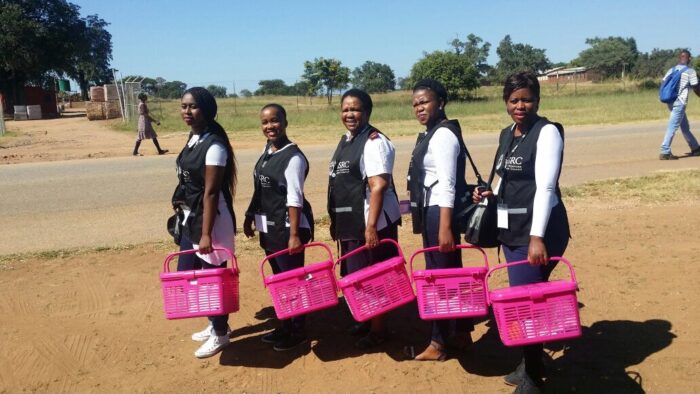
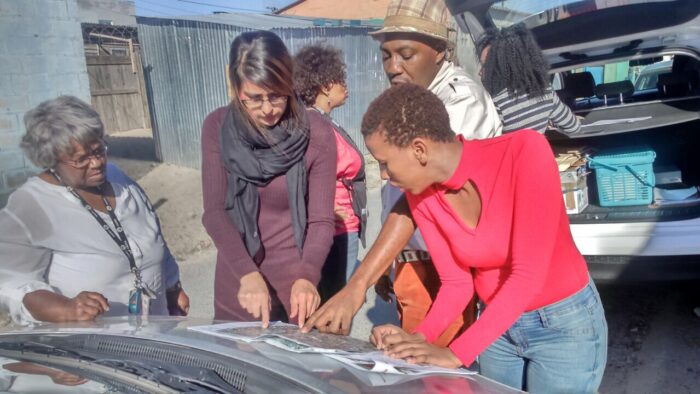
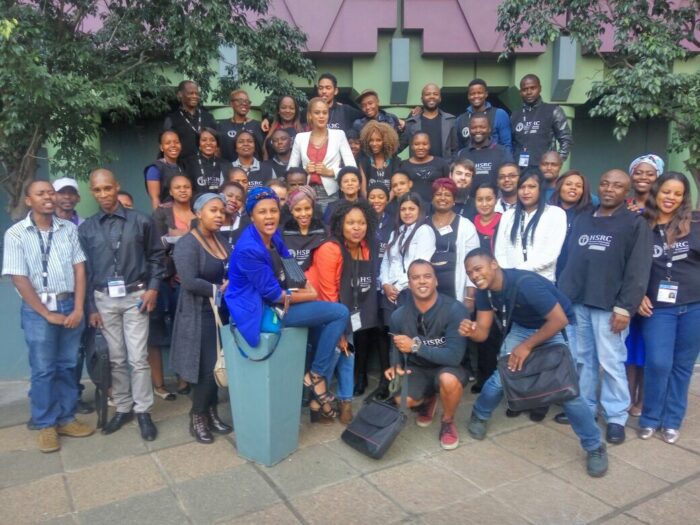
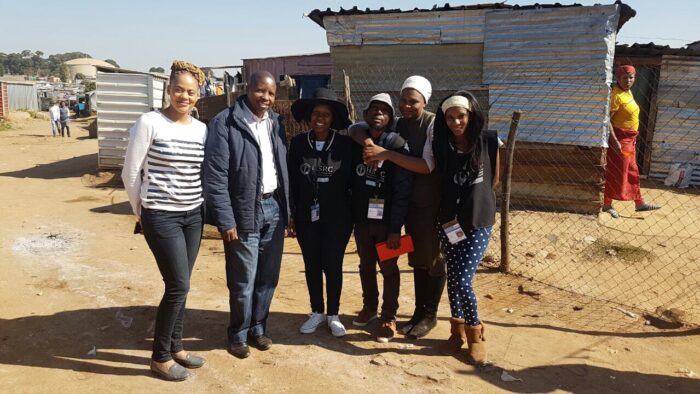
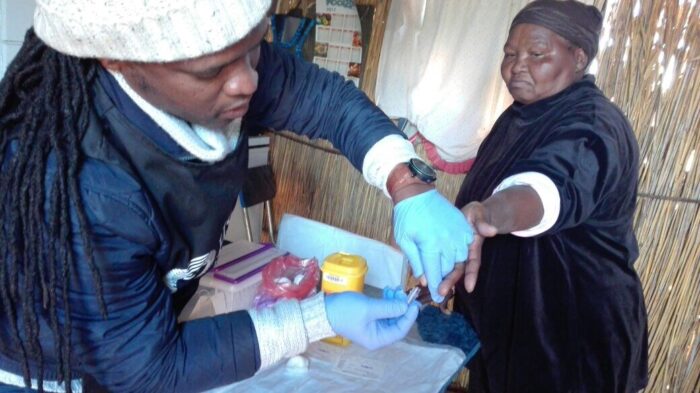
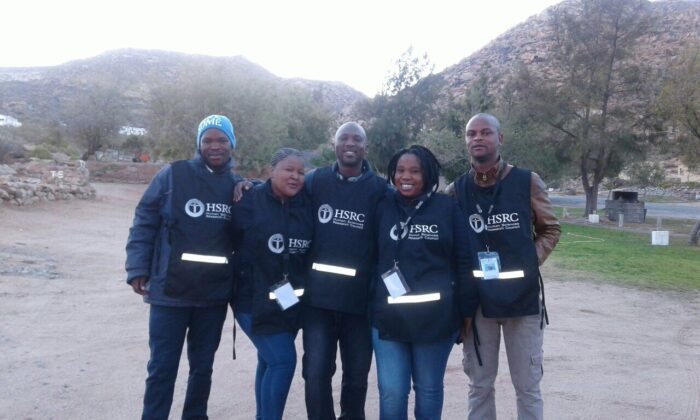
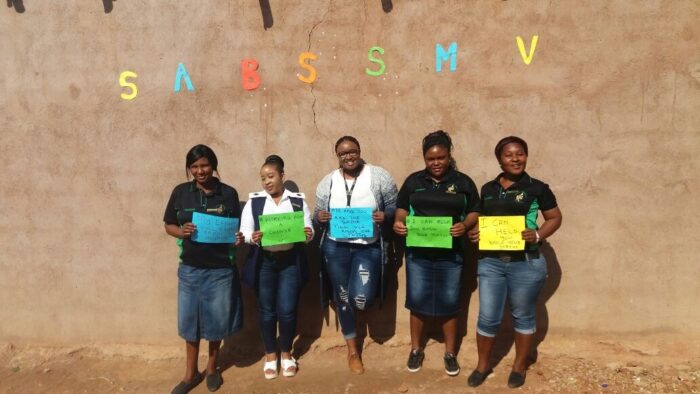
OUTCOMES
Significant controversy followed the launch of the findings, with HSRC researchers being attacked by AIDS dissidents and asked by a cabinet minister to apologise, but the researchers were steadfast, speaking truth to power and urging South Africa to follow the science during this difficult time. The 2002 report was widely disseminated and covered by the media. In November 2007, Prof Leickness Simbayi presented the HSRC model of HIV surveillance to ministers in charge of HIV and AIDS during the SADC Leadership Conference in Victoria Falls, Zimbabwe. The HSRC model was adopted as the gold standard for national HIV surveillance in SADC countries. The HSRC provided other African countries with technical assistance and the Botswana AIDS Impact Survey (2004, 2008 and 2013), a Swaziland survey (2006–2007) and the Mozambique AIDS Indicator Survey (2009) followed.
PATHWAYS TO IMPACT
Since 2002, the South African HIV Behavioural, Sero-status and Media (SABSSM) surveys have become a major source of information for measuring progress in the implementation of South Africa’s national strategic plan to curb HIV, sexually transmitted infections and tuberculosis.
The HSRC repeated the survey in 2005, 2008, 2012 and 2017. Fieldwork for SABSSM VI was launched on 8 February 2022. The information collected helps us understand what drives HIV infection and helps scientists and the government to build models and make projections while critically reflecting on the effectiveness of current HIV policy and research interventions.
Figure 1 shows how HIV incidence (the number of new infections) has been going down over time across all age and sex groups. It is, however, still too high among adolescent girls and young women in the 15–24 years age group.
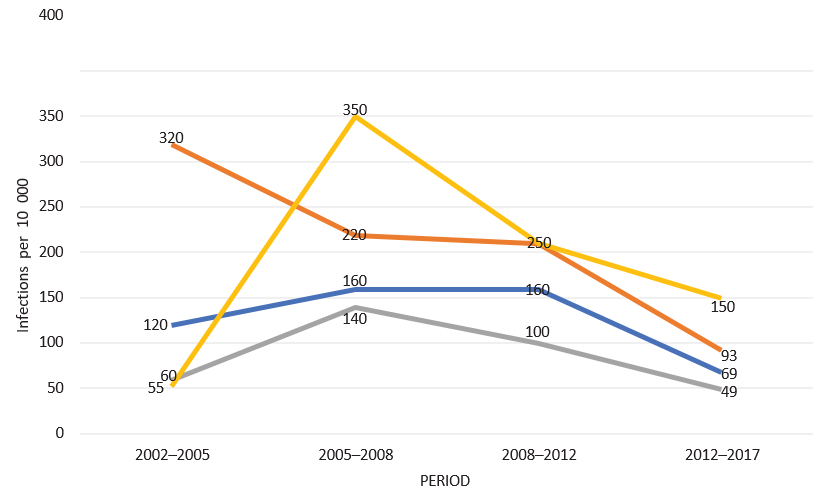
Over the years, the researchers have increased the number of biomarkers measured, expanded participation to entire households, and introduced electronic data collection systems, which allow them to access data immediately. The first survey included 9 963 participants and focused on estimating HIV infection, prevalence (cumulative HIV infection cases), incidence (new HIV cases), knowledge, attitudes and perceptions about HIV/AIDS and sexual behaviour.
The 6thsurvey is the largest to date and has been expanded to collect data on SARS-CoV-2, the virus that causes COVID-19. Researchers plan to interview 93 000 people and collect 65 000 blood specimens in all 9 provinces. It is hoped that the new data on COVID-19 will also help to inform South Africa’s pandemic response policies and interventions.
The SABSSM surveys also build important research partnerships. For example, SABSSM VI was funded by the US President’s Emergency Plan for AIDS Relief through the CDC, and the HSRC partnered with the South African Medical Research Council, the University of Cape Town, the National Institute for Communicable Diseases, the National Department of Health, the South African National AIDS Council, the United Nations Children’s Fund, the US Agency for International Development, and the Joint United Nations Programme on HIV and AIDS
Twenty years of SABSSM:
SABSSM reports are available here:
SABSSM contact: SABSSMVI@hsrc.ac.za

